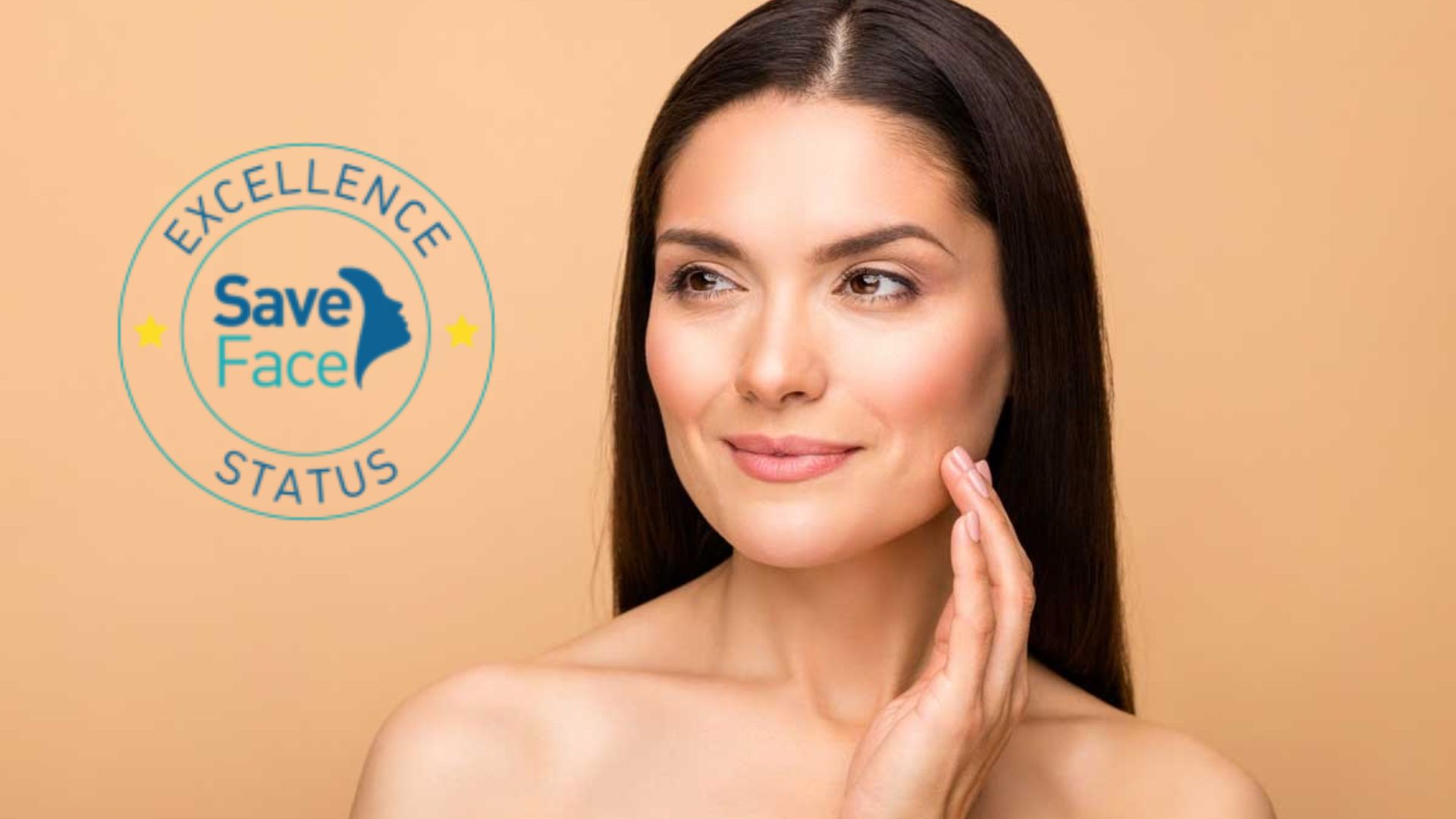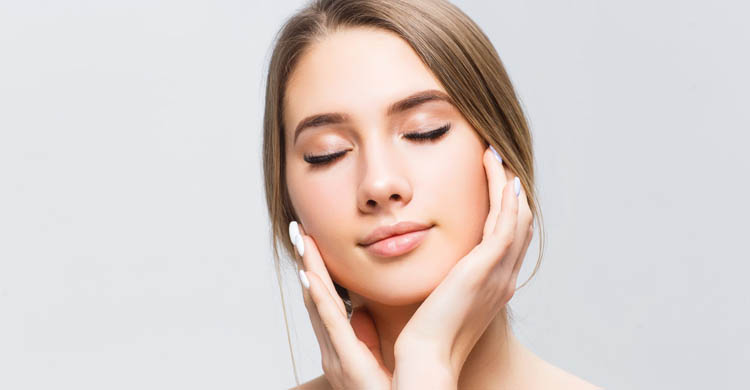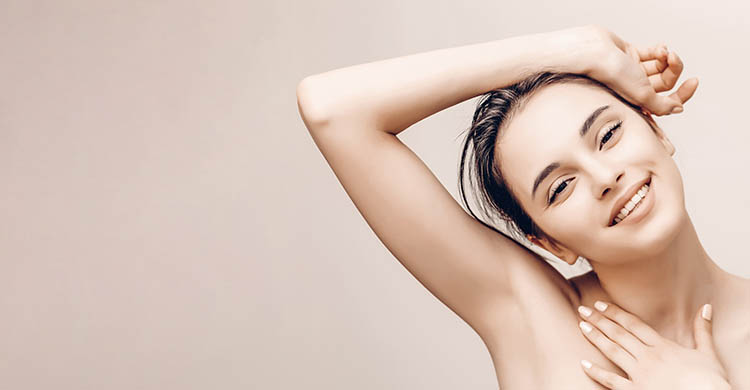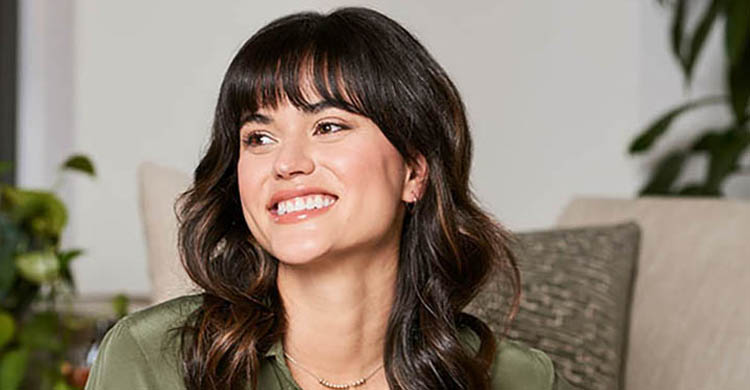PRP Hair Treatment: The Best and Most Effective Hair Restoration Solution
PRP Hair Treatment: The Best and Most Effective Hair Restoration Solution
Hair loss affects millions of people around the world, causing not just aesthetic concerns but also emotional distress. Fortunately, advances in modern medicine have led to numerous hair restoration treatments that can slow down hair loss, promote regrowth, and restore confidence. Among these, PRP (Platelet-Rich Plasma) hair treatment has emerged as one of the most effective, non-surgical solutions for both men and women suffering from thinning hair and pattern baldness.
In this blog, we will dive deep into what PRP hair treatment is, how it works, and how it compares to other hair restoration treatments in the market, such as Minoxidil, Finasteride, laser therapy, and hair transplants. We’ll also explore why PRP stands out as the best option for most patients seeking safe and natural hair regrowth.
What Is PRP Hair Treatment?
PRP hair treatment uses your body's own healing properties to stimulate hair follicles and promote hair growth. The procedure involves drawing a small amount of your blood, processing it in a centrifuge to separate the platelet-rich plasma from the rest, and injecting it into areas of your scalp where thinning or baldness is occurring. PRP is rich in growth factors and cytokines that accelerate tissue repair and stimulate dormant hair follicles, resulting in new hair growth and stronger, thicker hair.
How PRP Works
- Stimulates dormant hair follicles: The growth factors in PRP signal hair follicles that have stopped growing hair to become active again, encouraging natural hair regrowth.
- Increases hair thickness and density: Regular PRP treatments can strengthen existing hair and boost hair density.
- Minimal downtime and natural results: Since PRP is derived from your own blood, the treatment is biocompatible and natural, minimizing the risk of side effects and delivering natural-looking results.
Comparing PRP Hair Treatment with Other Hair Restoration Methods
While PRP is highly effective, there are several other hair loss treatments available on the market today. Let’s compare PRP to some of the most popular alternatives:
1. Minoxidil (Rogaine)
How it works: Minoxidil is a topical solution that’s applied directly to the scalp. It works by stimulating hair follicles and prolonging the hair’s growth phase (anagen phase). It’s one of the few FDA-approved treatments for hair loss and is available over the counter.
Effectiveness: Minoxidil is most effective for individuals in the early stages of hair thinning. It typically works better for younger patients and those experiencing diffuse hair thinning, rather than complete baldness. However, it does not cure the underlying cause of hair loss, and its effects wear off once you stop using the product.
Pros:
• Easy to use
• Readily available without a prescription
• Slows hair thinning for many users
Cons:
• Must be used consistently to maintain results
• May cause scalp irritation
• Results vary, and some users see little to no improvement
• Does not address the underlying cause of hair loss
Comparison to PRP: While Minoxidil can be effective for some individuals, PRP offers a more comprehensive solution. PRP addresses the root cause of hair loss by stimulating dormant follicles, while Minoxidil is more of a temporary fix. Additionally, PRP’s effects can last longer, and because it uses your body's natural healing factors, it comes with fewer side effects.
2. Finasteride (Propecia)
How it works: Finasteride is an oral medication that works by inhibiting the enzyme 5-alpha-reductase, which is responsible for converting testosterone into DHT (dihydrotestosterone)—a hormone linked to hair loss in men. By reducing DHT levels, Finasteride can slow down hair loss and, in some cases, promote hair regrowth.
Effectiveness: Finasteride is most effective for men with androgenetic alopecia (male-pattern baldness). It can help stop further hair loss and may promote some regrowth in thinning areas. However, it’s less effective in treating hair loss in women, and its effects are limited to as long as the drug is taken.
Pros:
• FDA-approved for male pattern baldness
• Slows hair loss in men
• Can be taken as a daily pill
Cons:
• Associated with potential sexual side effects, including decreased libido and erectile dysfunction
• Must be taken long-term to maintain results
• Ineffective for female hair loss
Comparison to PRP: Finasteride is limited to male users and carries the risk of significant side effects. In contrast, PRP is a safe, non-hormonal treatment that can be used by both men and women. While Finasteride can help slow hair loss, PRP stimulates the natural regrowth process, making it a more comprehensive and natural solution.
3. Laser Therapy
How it works: Laser therapy for hair loss, also known as low-level laser therapy (LLLT), uses lasers to stimulate circulation in the scalp, which encourages hair follicles to grow. Laser devices are available as in-office treatments or in the form of at-home laser combs or helmets.
Effectiveness: Laser therapy can improve hair density and slow the progression of hair loss. It is most effective when used consistently over time and is best suited for those with mild to moderate hair thinning.
Pros:
• Non-invasive and painless
• Can be done at home with laser combs or helmets
• No known major side effects
Cons:
• Requires ongoing, frequent use
• Results are not as dramatic as PRP or other treatments
• Effectiveness may vary widely between users
Comparison to PRP: While laser therapy is non-invasive and convenient, the results are typically less substantial than those achieved through PRP. PRP works at a deeper level to stimulate hair follicles and tissue regeneration, leading to more noticeable and lasting results. Laser therapy may be a good supplementary treatment to PRP, but it doesn’t match the effectiveness of PRP as a standalone treatment.
4. Hair Transplant Surgery
How it works: Hair transplant surgery involves removing hair follicles from one area of the scalp (usually the back or sides) and transplanting them to thinning or balding areas. There are two main types of hair transplants: Follicular Unit Extraction (FUE) and Follicular Unit Transplantation (FUT). Both methods aim to restore hair by redistributing healthy hair follicles to areas that need them.
Effectiveness: Hair transplant surgery is one of the most effective ways to restore lost hair. The results can be long-lasting, and since your own hair is transplanted, the new growth blends naturally with your existing hair.
Pros:
• Can provide a permanent solution for hair loss
• Results are highly natural
• Effective for significant hair loss
Cons:
• Invasive procedure with a lengthy recovery time
• Expensive compared to other treatments
• Requires skilled surgeons to achieve optimal results
• Risk of scarring and infection
Comparison to PRP: While hair transplants offer a more permanent solution, they come with significant downsides, such as cost, invasiveness, and recovery time. PRP, on the other hand, is non-surgical and has no downtime, making it a more convenient option for those looking to avoid surgery. Moreover, PRP can be used in conjunction with hair transplants to improve the healing process and enhance the results.
Why PRP Hair Treatment is the Best Option
After comparing PRP to Minoxidil, Finasteride, laser therapy, and hair transplants, it's clear that PRP offers a unique combination of effectiveness, safety, and convenience. Here are a few key reasons why PRP stands out as the best hair restoration option:
1. Natural and Safe
PRP uses your body's own healing factors, meaning there is minimal risk of allergic reactions or adverse effects. It's a safe option for both men and women, without the hormonal risks associated with Finasteride or the potential scalp irritation from Minoxidil.
2. Non-Invasive
Unlike hair transplant surgery, PRP is a non-surgical procedure that requires no incisions, stitches, or long recovery periods. Patients can return to their daily activities immediately after treatment.
3. Long-Lasting Results
PRP not only stimulates hair regrowth but also improves the overall health of the scalp and hair follicles, leading to stronger, thicker, and more resilient hair. Results can last up to a year or more with proper maintenance, and the treatment can be repeated as needed.
4. Comprehensive Solution
PRP addresses the root cause of hair loss by regenerating hair follicles and improving scalp health, making it a more holistic solution compared to topical treatments like Minoxidil or oral medications like Finasteride, which offer only temporary effects.
5. Versatile
PRP is effective for both early-stage hair thinning and more advanced hair loss. It can also be combined with other treatments, such as laser therapy or hair transplants, to enhance results and maximize hair regrowth potential.
Conclusion
PRP hair treatment has established itself as the gold standard for non-surgical hair restoration due to its safety, effectiveness, and long-lasting results. When compared to other treatments like Minoxidil, Finasteride, laser therapy, and hair transplants, PRP consistently stands out as the best option for individuals seeking a natural, minimally invasive solution for hair loss. With its ability to stimulate dormant hair follicles, promote healthy hair regrowth, and improve scalp health, PRP offers a comprehensive solution for restoring both hair and confidence.
If you're considering PRP hair treatment or want to learn more about how it can benefit you, schedule a consultation with Dermamina today. Our experienced practitioners will assess your hair loss concerns and create a personalized treatment plan tailored to your unique needs.
SaveFace
You safety matters

At Dermamina we have successfully attained the Save Face Accreditation, which signifies our consistent adherence to the highest industry standards. To earn this esteemed recognition, we underwent a rigorous evaluation conducted by an independent body.
Read more
Save Face is a register accredited by the Professional Standards Authority, holding official recognition from the Government, the Department of Health, and NHS England. This acknowledgment underscores our unwavering commitment to delivering exceptional quality services, meeting the stringent criteria set by these esteemed organizations.






